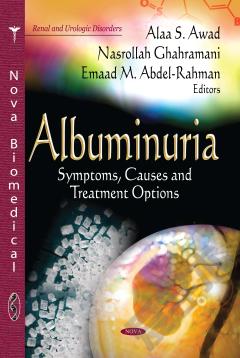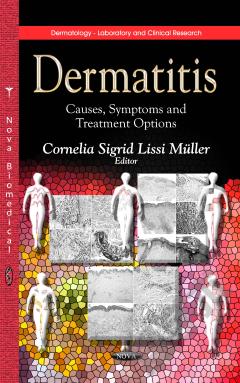Candida Albicans: Symptoms, Causes and Treatment Options
Infections due to the Candida species are the most common among fungal infections. Candida albicans is a yeast normally found as part of the skin microbiota, mouth, intestinal tract and vagina. Certain illnesses, stress, or medications can cause the out of control growth of Candida, producing infections that range from superficial to the systemic level, and potentially life-threatening diseases. In this book, the authors discuss the symptoms, causes and treatment options of Candida albincans including the role of Candida albicans biofilms in human disease; new developments in the pathogenesis of Candida albicans; a drug delivery approach for the treatment of Candida albicans; proteins and peptides as potential antifungals for treating Candida albicans infections; antifungal therapy of candidiasis with Amphotericin B; Candida albicans infection in the lower respiratory tract among HIV/AIDs patients in Nigeria; risk factors for vaginal candidiasis; symptomatology and therapy in candidiasis; microbial inactivation of the pathogen Candida albican in marine ecosystems; and polyenes, azoles, and echinocandins for treating infections caused by Candida albicans and other Candida species.
{{comment.content}}








 京公网安备 11010802027623号
京公网安备 11010802027623号